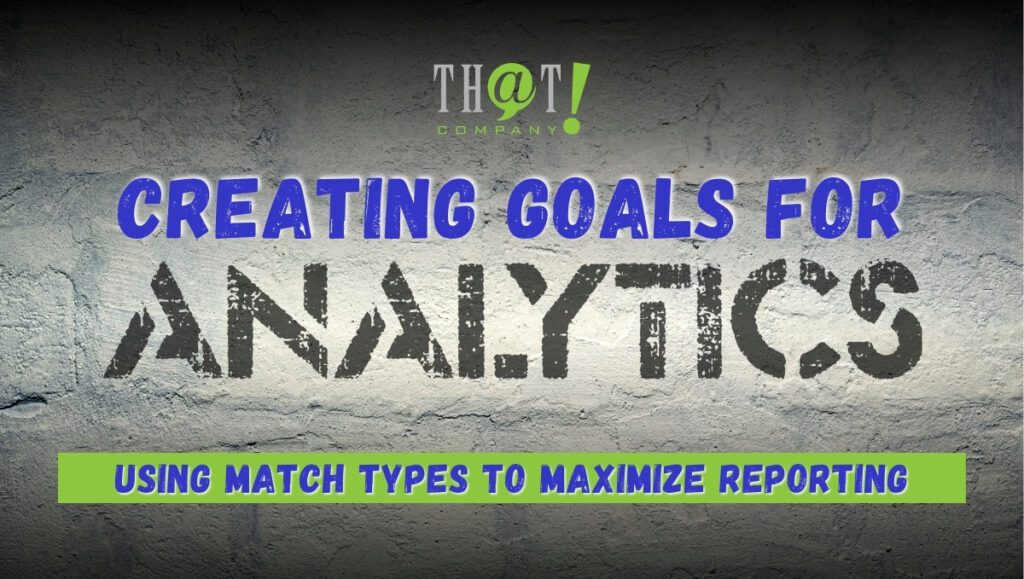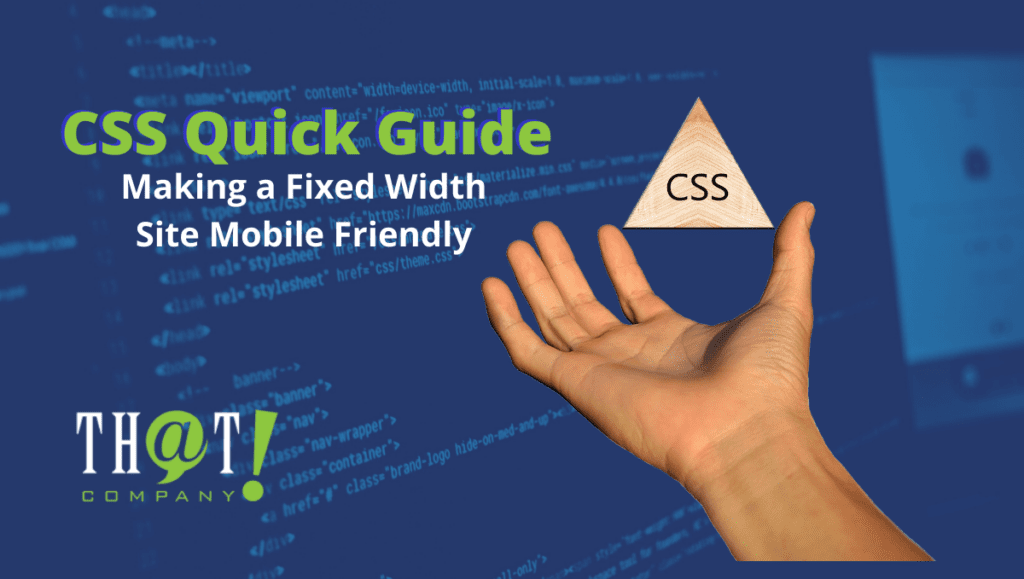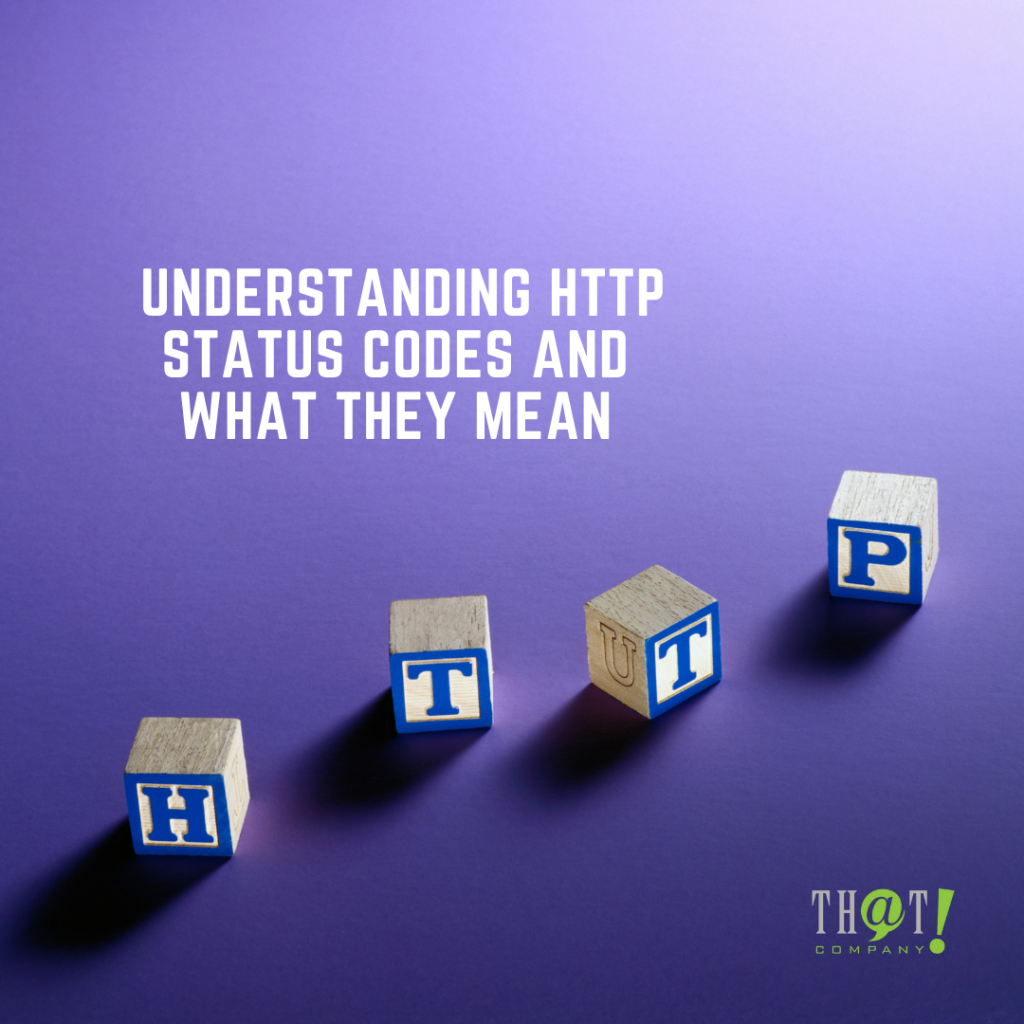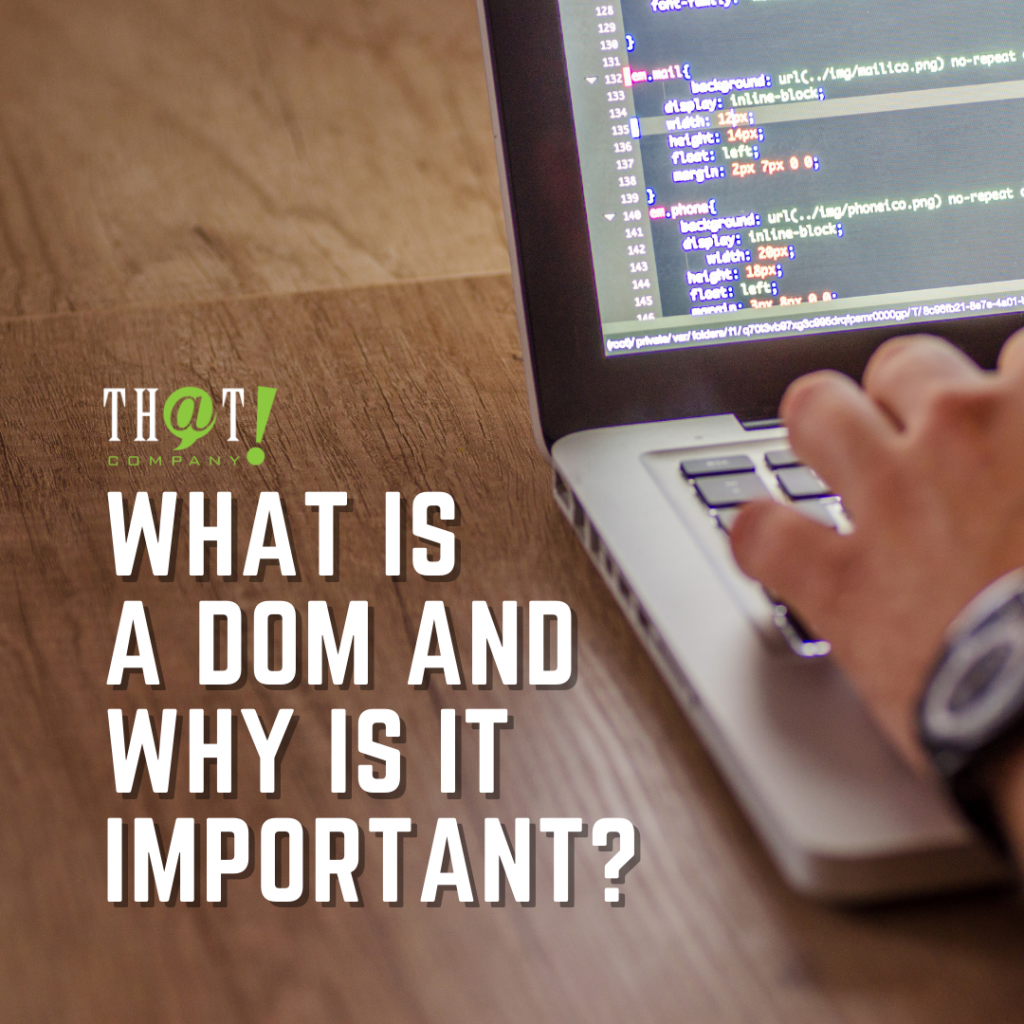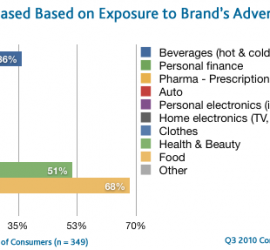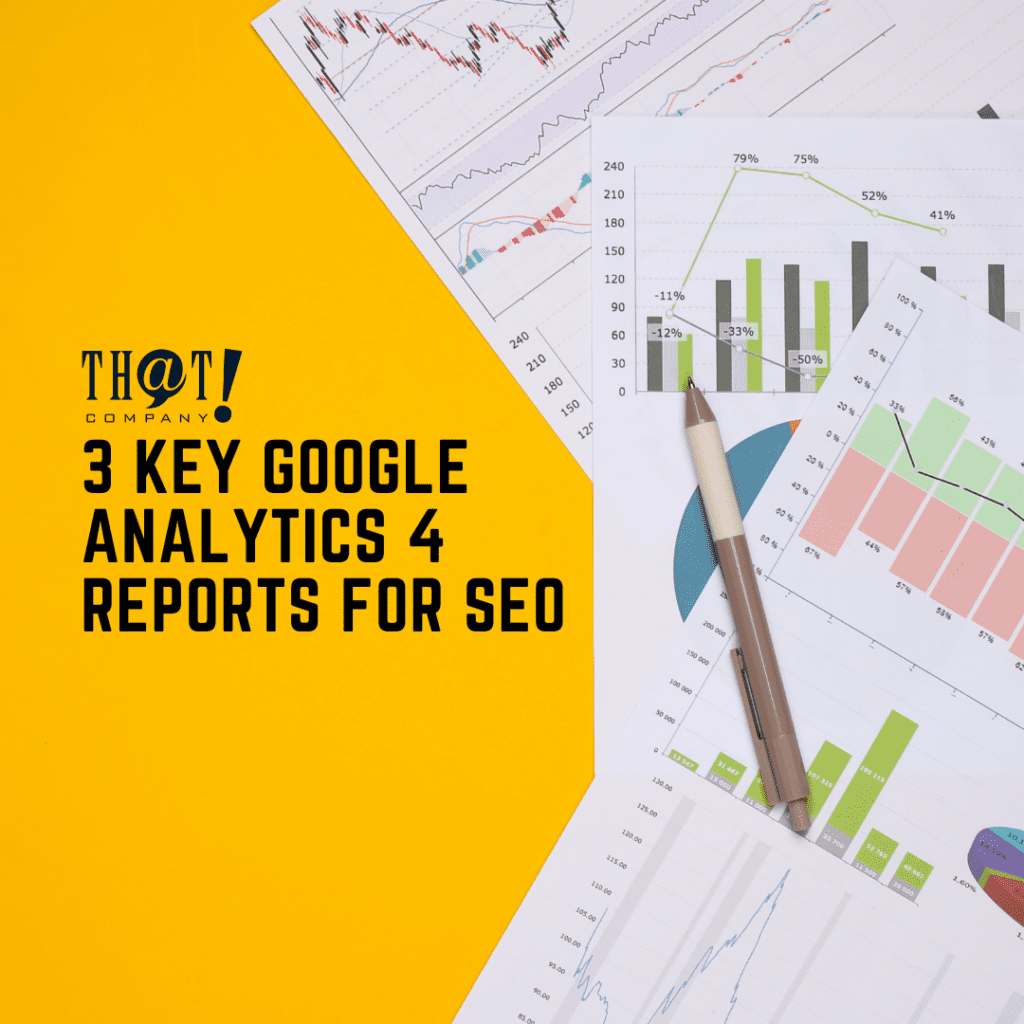 Last time I wrote about Google’s new AdWords experience, which is now called Google Ads, replacing the AdWords interface that we have become masters of over the past 15 years. Google began the permanent switch on July 10th and should be complete by the end of the year. Some experts feel the transition will be complete by the end of October, so there will be no interference with the holiday shopping season.
Last time I wrote about Google’s new AdWords experience, which is now called Google Ads, replacing the AdWords interface that we have become masters of over the past 15 years. Google began the permanent switch on July 10th and should be complete by the end of the year. Some experts feel the transition will be complete by the end of October, so there will be no interference with the holiday shopping season.
One of the tools I mentioned that was going away was the special filter used to help review data. As a result, any filter you have in the old interface will have to be rebuilt, but some of the metrics may not be available. The “assisted” metrics are not going away in the new Google Ads, as I mentioned in my previous blog, but they can be reached through Tools/Search Attribution/Conversions. Another beneficial tool is the “Landing Pages” page that ranks your individual pages for mobile friendliness.
More of The New
When you first go to your account, you see the Overview page where you get a high level summary. You will see your graph with selectable metrics, such as clicks and impressions. You will find Summary Cards for things such as Auction Insights, most shown ads, keyword performance, top performing campaigns, and ad groups, just to name a few. You will also see Insight cards occasionally with patterns in your data that will help with decision-making. Some of the Insight cards will show words users have entered in searches for the first time, while device shift lets you know of a major change in ad impressions from specific devices and more.
Among other exclusive features in the new Google Ads, (no they are not available in the old interface), are promotion extensions, bid adjustments for calls, and outstream video campaigns.Promotion extensions show under your ads, as with other extensions, giving you the ability to push your specials in front of your customers. This will be beneficial with holiday specials or when trying to move over stock items from inventory.
Bid adjustments for calls allow you to change bids to help your call extensions show more often. If you have a campaign that seems to be getting better results on mobile devices, you can raise the mobile bids so interaction ads show more often. Having flexibility to make adjustments to certain kinds of interactions offers you improved control on how often extensions show with your ads. One restriction for this type of bid is with some of the automated bid strategies. If you are using Target CPA, the mobile bid adjustment changes the target CPA and not the bid. With Target ROAS the only mobile adjustment available is -100%. You can use multiple bid adjustments, but when multiplied together the highest can’t exceed 900% and the lowest can’t be lower than -90%.
Outstream video ads are strictly for mobile ads for potential customers on partner sites and apps outside of YouTube. They are intended to help with brand awareness on tablets and mobile devices. You are not charged for the view playing unless it is viewed a minimum of 50% and charged by vCPM.
Shortcuts and More
 As an Excel user, I take advantage of the many shortcut keys rather than rolling the mouse around the screen to get where I want or perform a needed function. In the same manner Google Ads has developed shortcut keys to help navigate your accounts and perform certain functions. They have three methods, so to speak, for these shortcut keys. First, it could be a single key stroke. The one you will use the most is the “?”. This will both display and hide the shortcut key combination list. There is also, using Google’s terminology, Key 1 + Key 2 or Key 1 then Key 2. For the Key 1 + Key 2 shortcuts, you have to hold the first key and then the second key before releasing the first key. An example here is Shift + N, which will create a new item on any screen with the blue plus sign. For the Key 1 then Key 2 you hit and release the first key, then hit and release the second key. An example here would be G then T to search for a page. I’m not sure how they came up with that combination, considering they have this format to “go” to a specific page with the second key having a meaning such as G, then O to go to the Overview page or G then K to go to the Keywords page.
As an Excel user, I take advantage of the many shortcut keys rather than rolling the mouse around the screen to get where I want or perform a needed function. In the same manner Google Ads has developed shortcut keys to help navigate your accounts and perform certain functions. They have three methods, so to speak, for these shortcut keys. First, it could be a single key stroke. The one you will use the most is the “?”. This will both display and hide the shortcut key combination list. There is also, using Google’s terminology, Key 1 + Key 2 or Key 1 then Key 2. For the Key 1 + Key 2 shortcuts, you have to hold the first key and then the second key before releasing the first key. An example here is Shift + N, which will create a new item on any screen with the blue plus sign. For the Key 1 then Key 2 you hit and release the first key, then hit and release the second key. An example here would be G then T to search for a page. I’m not sure how they came up with that combination, considering they have this format to “go” to a specific page with the second key having a meaning such as G, then O to go to the Overview page or G then K to go to the Keywords page.
Targeting has been around forever it seems. Thank goodness, it is not going away, but there is a slight tweak to it. Targeting is still used to focus more on the audience you want to go after, whether it is affinity audiences or placements. Targeting can be set up on your campaigns or ad groups to narrow your ads to a smaller, more direct group of users. The one thing you have to keep in mind is the new targeting is the same as the target and bid option in the old AdWords. You can use custom bids and adjustments on certain criteria in your targeting.
The Observation setting shows how your ads are performing for the placements and topics you have selected to use without affecting the reach of the ads. Use these reports to decide when to create new ad groups or to help with bid adjustments under certain criteria. The important thing here to remember is the Observation setting is the same as the bid only in the old AdWords.
We are not really getting anything new with the Targeting and Observation except new names with minor changes to their function. Targeting is recommended for use with the Display network for Audiences, Placements, and Topics; while Observation is recommended for the Search network for RLSA audiences.
While we have covered a number of new and updated items in the new Google Ads experience, there is so much more to cover. The best way to learn is by using and digging into the corners to see what may be hiding. Google has an abundance of help topics and an extensive amount of information on the new AdWords. If you can’t find something, you can always Google it…
About the Author
Gary Harvison
Gary has been with That! Company since June 2014, starting as a novice. Under the guidance of several SEM masters with 10+ years of individual experience, Gary has become proficient in various platforms of SEM including AdWords, Bing, and most recently Facebook. Gary is certified as a Google Specialist covering all facets of AdWords. Along with his SEM duties, Gary trains new members of the SEM team in specialized report creation and distribution. He also aids in client onboarding processes and procedure training.









